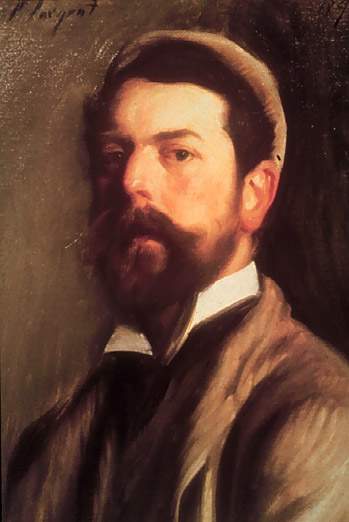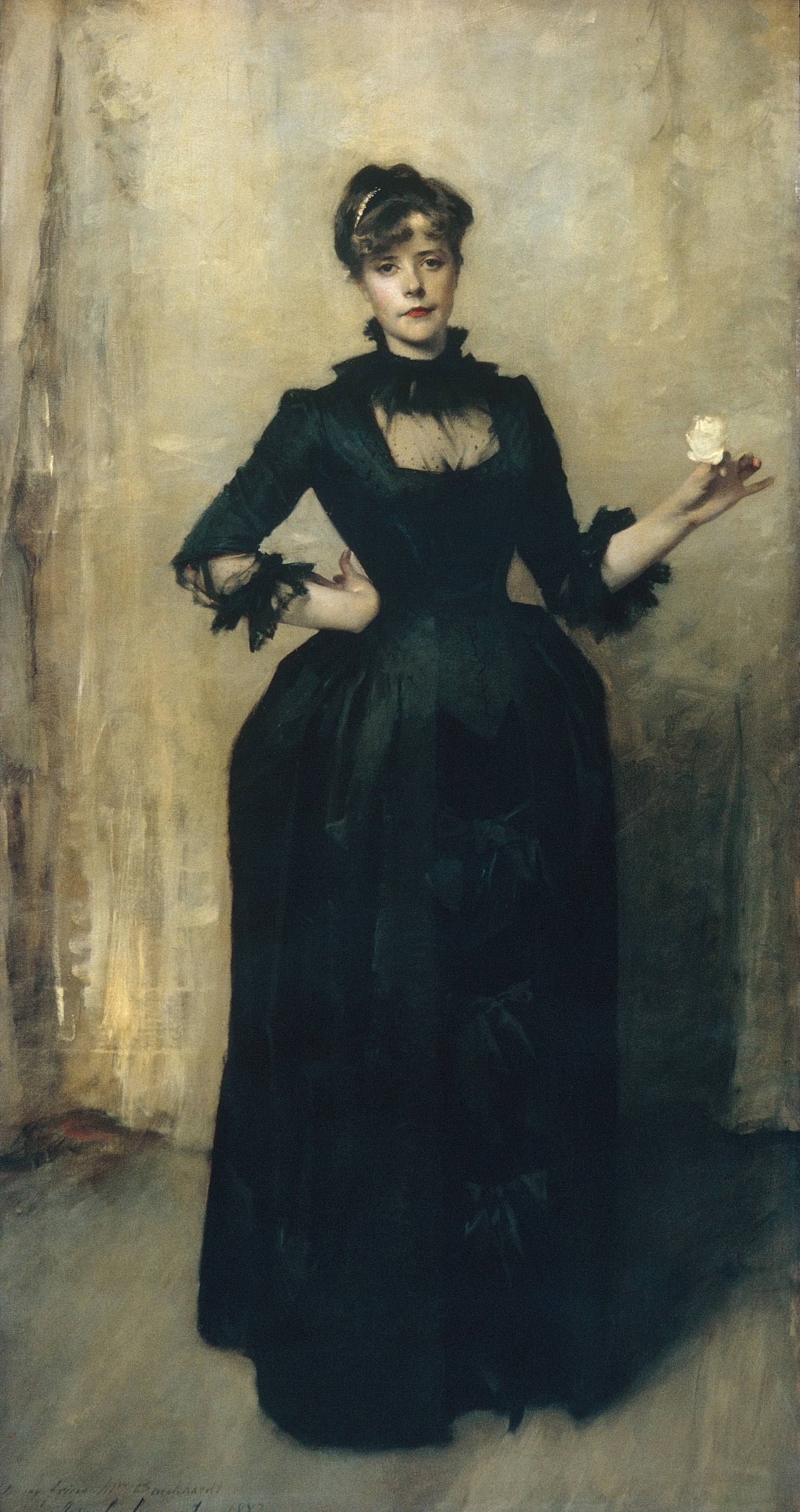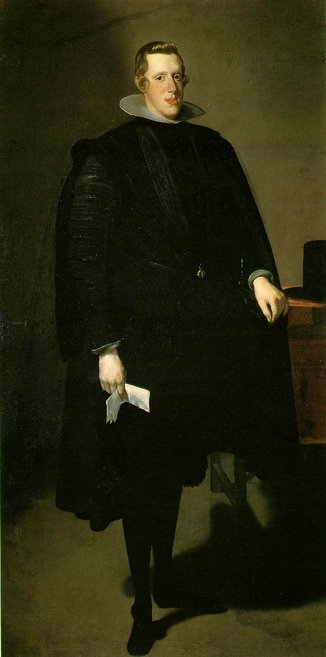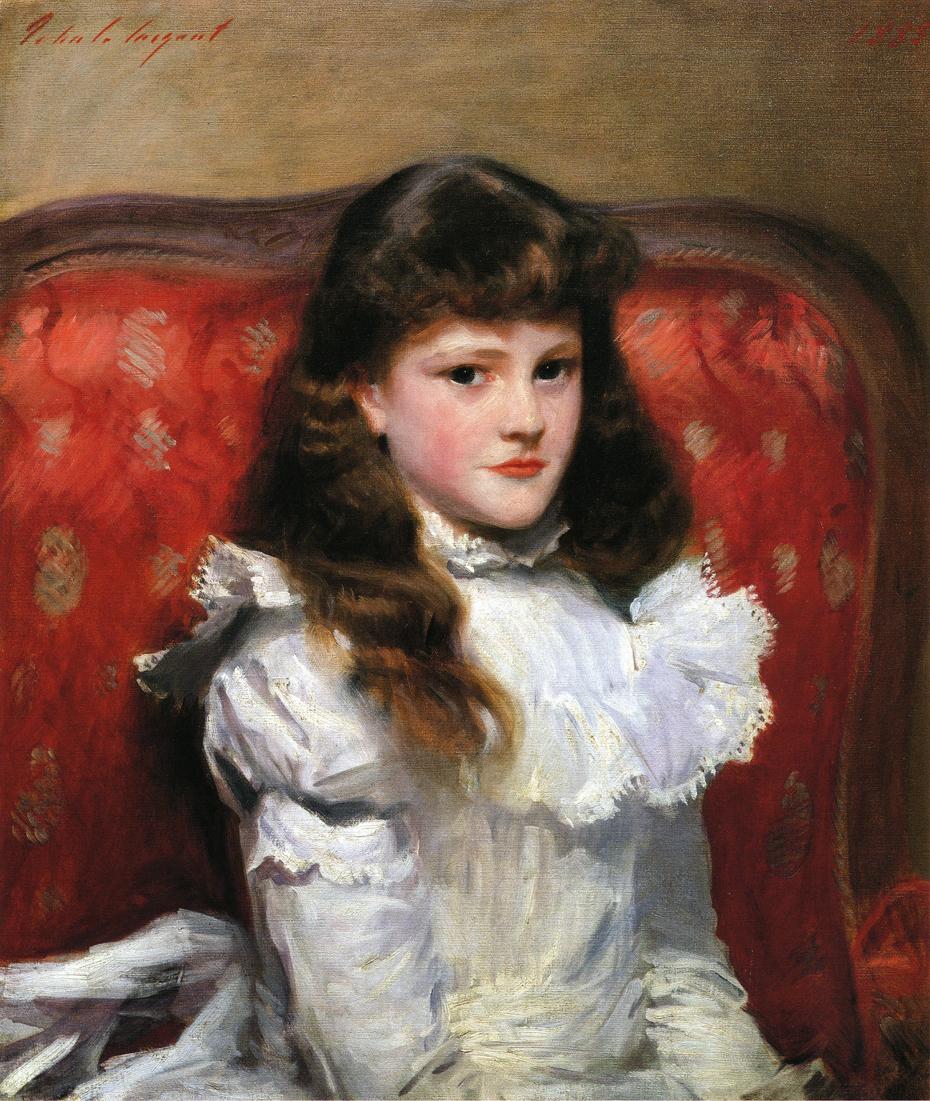I personally have never heard of John Singer Sargent before reading about him and his artworks. John Sargent was raised with an extraordinary background. He studied German, Italian, and French, as well as a broad range of subjects. John Sargent was an accomplished pianist but his roots in the art of drawing came from his mother. His father sought to nourish Sargent’s talents and sent him to study under Carolus-Duran, whom Sargents soon became the protege of. Known as an “American” artist, I believe that Sargent is far from being an American artist. His origin is tied to mainly European countries as well as where his drawing style originates from.
His most well known painting “Madam X” is closely associated with the “French style” of painting. Sargent gained notoriety from his style of painting. Madam X was created on no commission and embodied the art styles of various artists including, Velázquez, and Edouard Manet. Madam X received more ridicule than praise due to Sargents daring portrayal of the women’s personal style. I see Madam X as an exquisite painting that depicts the personality of the sitter. His painting captures my attention with his bold and precise colors that emphasize her features. From head to toe, Sargent includes minute details that captivates observers. Madam X’s face for example makes one wonder what she may be thinking about, where she is looking, and etc, arousing curiosity in the observer. I believe that Sargents painting, “Madam X” was created during a more conservative period and therefore was not as well accepted, but at the same time gained the fame for it because of its bold style.
Another one of John Singer Sargent’s painting that appealed to me would be ” The Daughters of Edward Darley Boit.”
This painting consists of half portrait, of the girls, and half interior picture. Sargents unique depiction of the girls shows a setting that creates a story behind each girl as well as the picture in the whole. This painting shows a range of shapes and proportions that give off a bewildered feeling to the painting. For example the girls being compared to the huge vase makes them seem smaller and more insignificant. In general this painting is a different and unique style that John portrays once again along with his other paintings.



















Recent Comments